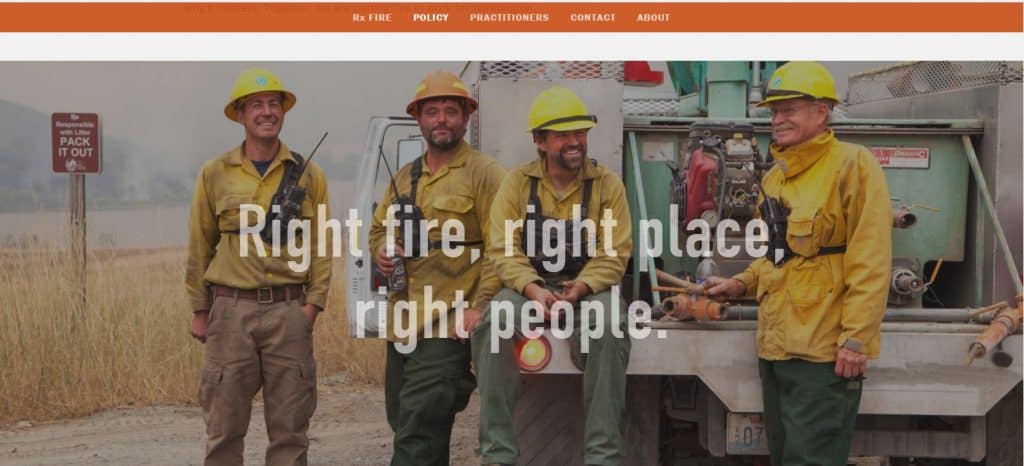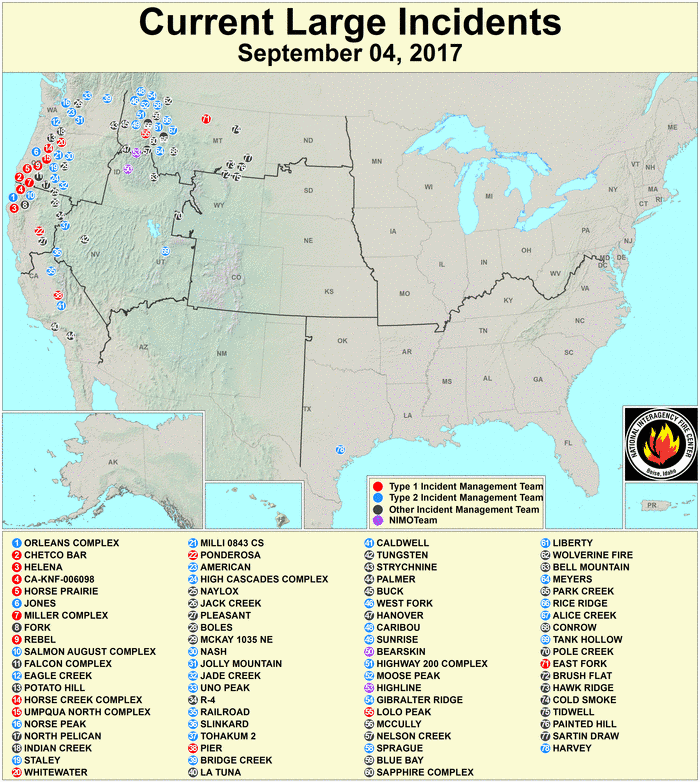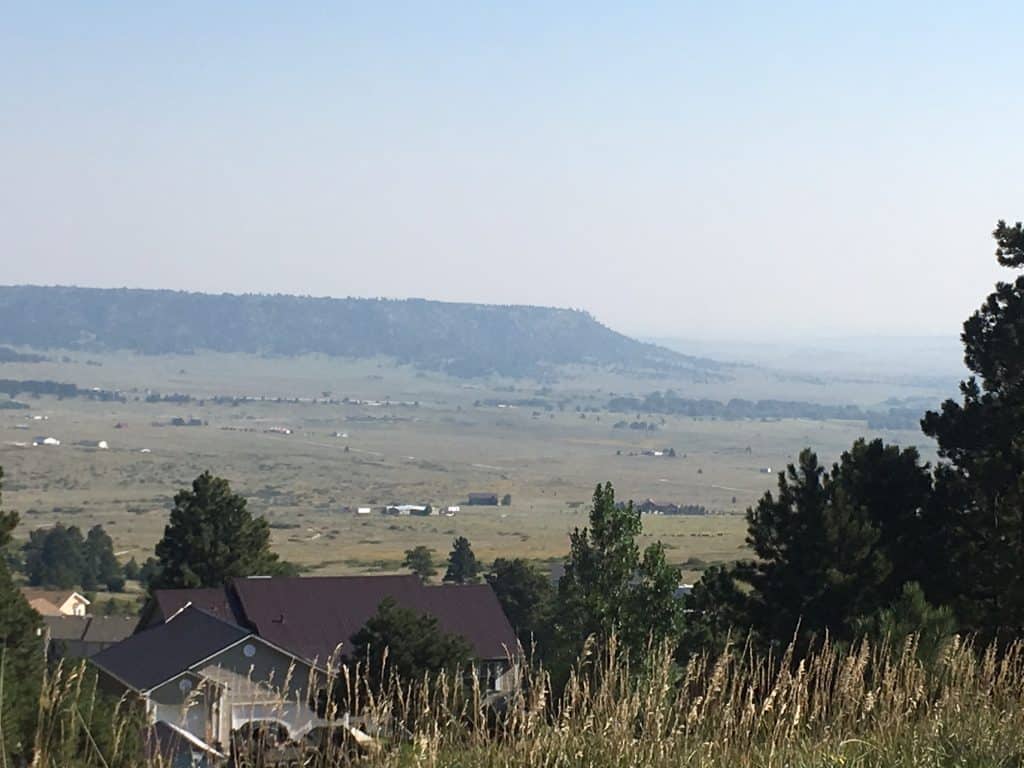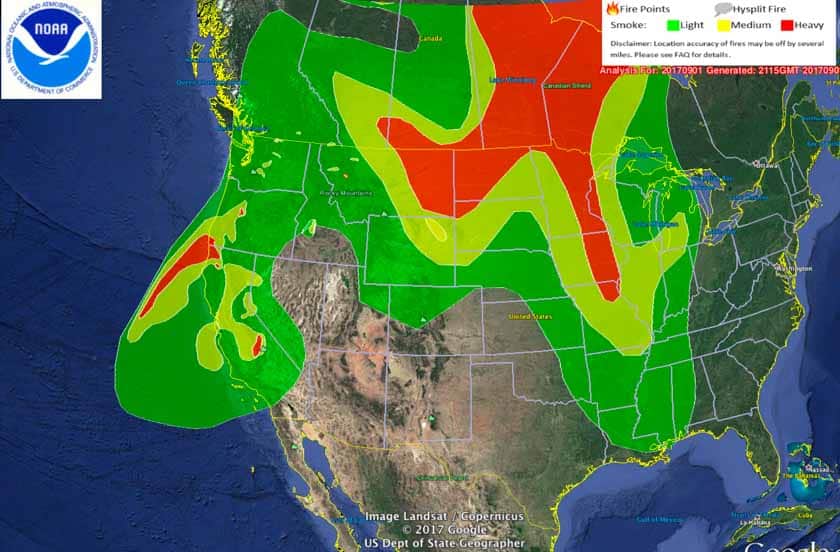I would bet if you examined agency comments from the agencies involved in reviewing NEPA docs for actions proposed by other agencies, you would find almost entirely “you need to do more’s” and not many “you could have shortened this section by leaving out’s”. Culturally, reviewers tend to be supporting their agency’s view, or a specific resource/interest, or both. If the reviewer couldn’t add something of importance, it would bring into question if the reviews are really necessary (this is a human characteristic true of any kind of review).
To paraphrase the old expression about a picture, an example is worth a thousand words. I ran across this letter from EPA in 2010 about a garden variety vegetation management project. You may think that some of this detail is unnecessary to inform the decision maker and the public about the alternatives, or the analysis is speculative, or the answers fundamentally unknowable in any meaningful sense. Nevertheless, if someone says you should, you have to answer why not, and the judge might not agree. Still, the worst that happens is the judge tells you to do something, and once that is on the table, through the next iteration the finish line is in sight :).
Here’s a link to the letter. It says it’s an exhibit, so may have been in a legal case. You can pick any topic and see that EPA thinks that more is better (more baseline data, more analysis, more monitoring). There’s nothing wrong with their having opinions, but they only tend to go in one direction (more is better). This is one reason environmental docs, especially EIS’s, tend to be long.
Prescribed Fire: The action alternatives of the Big Moose Vegetation Management Project include the application of prescribed burning to acreage varying from 1,263 to 6,000 acres, depending on the alternative. This significant prescribed fire activity may cause degradation of air quality and visibility in the region. While we realize that the individual burn plans for this project would quantify expected emissions from the prescribed burns, EPA is concerned that the DEIS does not contain any air impact analysis presenting direct, indirect, or cumulative air quality impacts that would be associated with prescribed burning on the large acreage under consideration. Such information should be included in the Final EIS and is necessary for the decision-maker to ensure protection of air quality and visibility if the prescribed burns are ultimately conducted.
and part of the letter on climate change
The Final EIS should discuss reasonable alternatives and/or potential means to mitigate or offset the GHG emissions from the action. We understand that the action is intended to mitigate the likelihood of future stronger and potentially wide-ranging wildfires in the area.
Nevertheless, the Final EIS should discuss whether there are any reasonable alternatives or means to mitigate GHG emissions associated with the proposed action (e.g., would GHG emissions be reduced with alternatives that entail the harvest but omit the prescribed burning proposed under Alternatives 3 and 4?). (My italics- an alternative that doesn’t include PB but only MTs)Further, EPA recommends that the “Affected Environment” section of the Final EIS include a brief summary of the ongoing and projected climate change impacts relevant to the action area, based on U.S. Global Change Research Program assessments and other relevant peer-reviewed studies. In addition, EPA recommends that the Final EIS identify any potential need to adapt the proposed action to ongoing and projected regional climate change, as well as any potential impacts from the proposed action that may be exacerbated by climate change. For example, how might ongoing and predicted climate change affect the viability of the DEIS goal of promoting aspen regeneration in this area? With regard to exacerbation of impacts, how might climate change exacerbate the water quality and other impacts from this proposed action?
This should give folks who have not been there a taste for “how docs get long” :).











